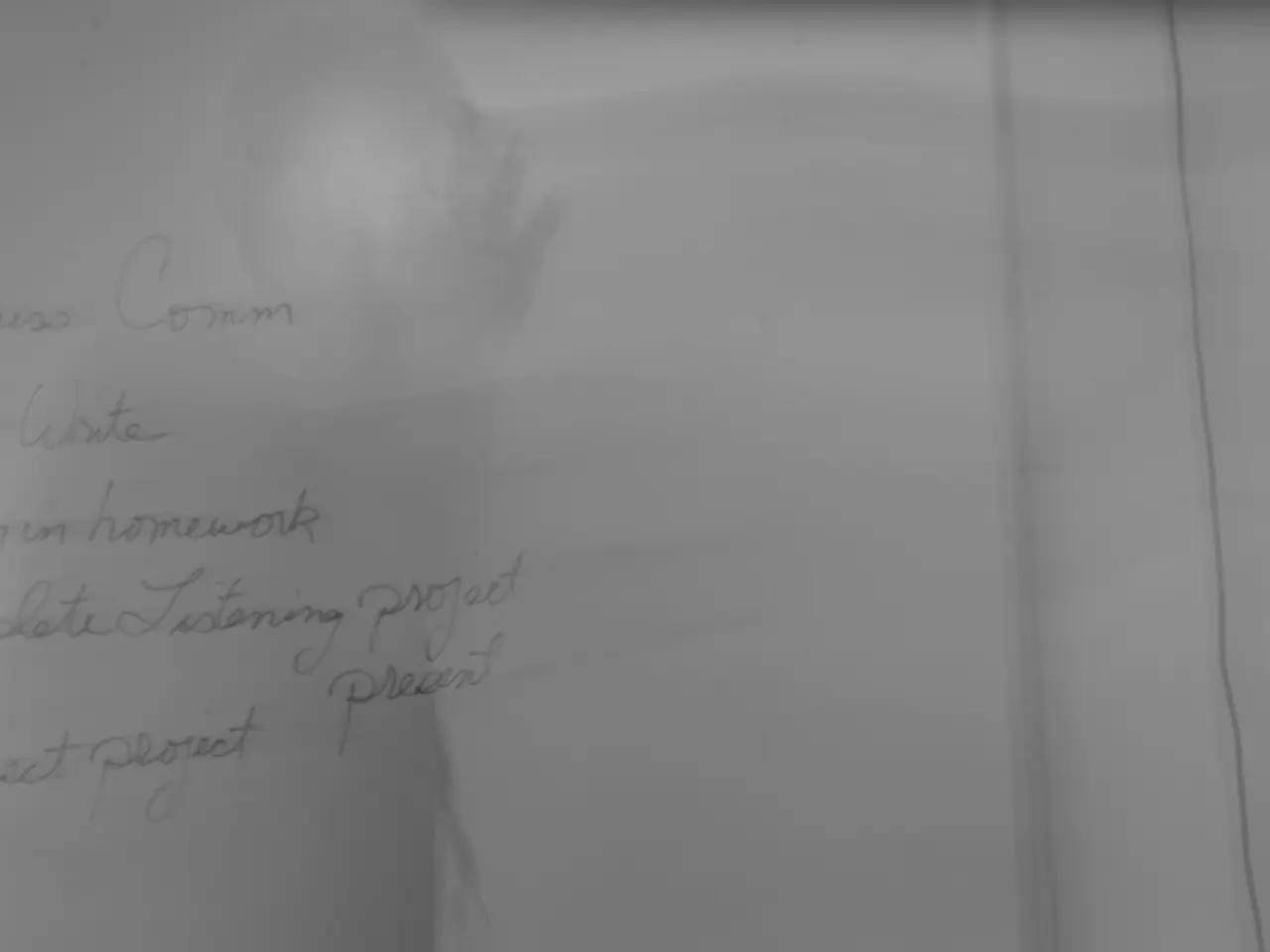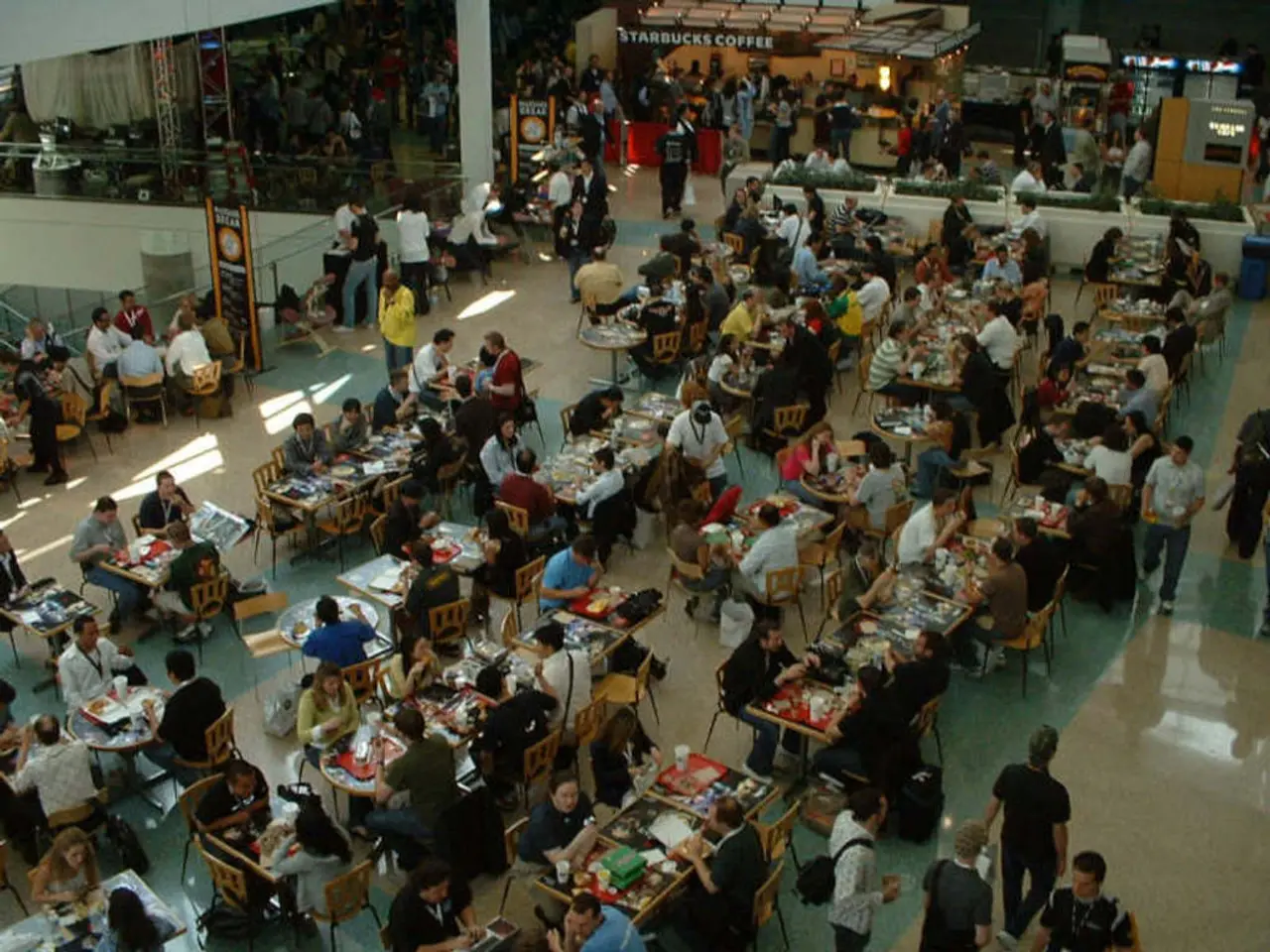ECB halts initial round of interest rate decreases.
**ECB Maintains Cautious Stance Amid Uncertainties and External Factors**
The European Central Bank (ECB) has maintained a cautious stance in its recent decision, keeping interest rates stable at a deposit rate of 2.00%. This pause reflects a "meeting-by-meeting" approach, emphasizing a data-dependent strategy amid uncertainties such as trade tensions and a strong euro.
Inflation has stabilized at the 2% medium-term target, while the eurozone's growth outlook has improved slightly, though it remains vulnerable to significant changes before the next policy decision.
The potential imposition of a 10% U.S. tariff on EU goods could disrupt exports and inflation dynamics, potentially forcing the ECB to delay further rate cuts. This uncertainty about the future of globalization is a concern, with an agreement between Brussels and Washington appearing distant.
The Federal Reserve remains hesitant to cut rates due to persistent inflationary pressures and political scrutiny, contrasting with the ECB's recent easing cycle. This divergence impacts global monetary dynamics and investor strategies.
A stronger euro, currently valued at approximately $1.17, can lower import prices and dampen inflation but also harms European exporters. ECB officials have expressed concerns about the euro surpassing $1.20, which could complicate monetary policy decisions. The loss of credibility of the dollar can influence exports.
While cryptocurrency deregulation is not directly influencing ECB monetary policy decisions, it contributes to broader financial market dynamics and investor choices, particularly in diversifying assets beyond traditional equities and bonds.
Looking ahead, markets currently price in a 50% probability of a further interest rate cut by the ECB in September. Considering the pace of disinflation in services and signals of a further slowdown in wage growth, risks are tilted towards inflation below expectations and further rate cuts by the ECB, according to Josefina Rodriguez.
David Chappell warns of risks to growth and inflation in the near term due to ongoing trade negotiations with the US and the elevated levels of the euro. Konstantin Veit suggests that the current interest rate level might already be adequate, but the ECB could decide to cut rates again to protect against the risk of a more prolonged inflation delay.
The ECB will follow a data-driven approach to defining monetary policy orientation, with the next meeting set for September 11th. The ECB is concerned about the uncertainty surrounding US tariffs, and the broader economic environment will continue to influence the bank's decisions.
The average eurozone business might experience a challenging financial situation due to the potential imposition of U.S. tariffs and a stronger euro, both of which could disrupt exports and possibly necessitate further interest rate cuts from the ECB. In light of the current data-dependent strategy of the ECB, the likelihood of a further interest rate cut in September to mitigate potential inflation delays seems high, given the pace of disinflation in services and slowdown in wage growth.




